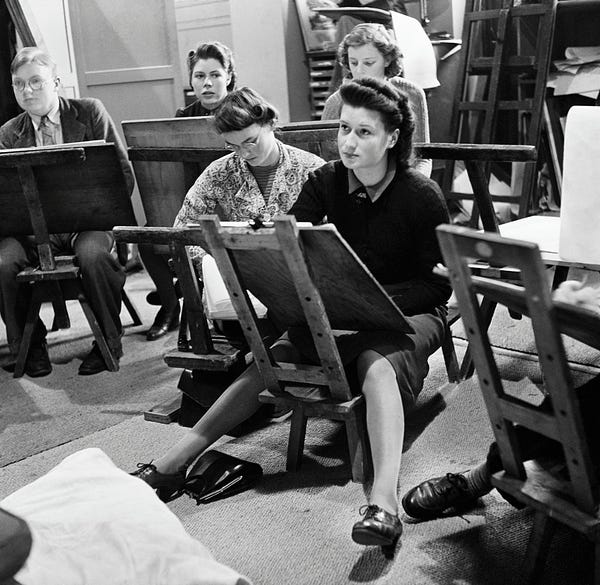 TRIPLE A: Arts, Advocacy, Action
TRIPLE A: Arts, Advocacy, Action
What does the world look like without arts education?
Most people claim to support arts education – especially in
the educational system - and yet, it is often the first item up for elimination
in the curriculum when we face budget cuts. Many administrators, believing
after school programs and arts enrichment through short, un-sustained arts
engagements, are meeting what students need to be ready to enter the creative
workforce with adequate 21st century skills. We all know this is most certainly
not enough – especially since the arts and entertainment industry is the third
largest economy in California.
As we passionately support our students within the confines
of our own classrooms, we blindly rely on others to advocate for our cause on
the grander scale. We are so busy, don’t have an interest in the political
aspects of education, feel like we don’t know enough or that someone else will
do it better, so we trust others to do this work and don’t take action.
Advocacy works on the same principle as vaccines. Vaccines
only work when everyone does their part. One individual vaccination does
nothing to stop a disease, even if that person is the most powerful,
influential person in the world. The true power in vaccines lies in numbers;
with each person doing a small part to build herd immunity. Advocacy is exactly
the same. A few powerful, vocal leaders are nothing without a large group of
people taking a few minutes from their day to participate in advocacy in some
way.
When we are supported by an overwhelming number of
advocates, our profession can be an incredible force; but, when people start to
opt out — because we believe we don’t know enough about the issues, don’t have
enough time or money or think someone else is better qualified — then the
beneficial protections start to dissipate. Advocacy is critical to the health of
our profession.
The burden lies equally on us all — from the first-year
teacher to the most senior professor emeritus — to be an advocate.
Advocacy is
action – doing something to champion, promote, support, and endorse arts
education. The word advocate is derived from the Latin vox, meaning “voice,” as
in voicing support for something, or someone who is the figurative voice for a cause.
Becoming a member of
an arts professional organization is a powerful action first step. Tapping into
our organization helps us hone our advocacy skills from the classroom, to the
district, to the county, to the state, to the nation. It’s not enough to be an
artist in the world anymore – you have to self-advocate to be visible in the
art world. Our membership in a professional organization is our self-advocacy
as a profession. Our service in our organization heightens the importance of
the arts in education and gives us power and the tools to keep the arts alive
in education – despite the financial climate. It’s our united voice that can’t be overlooked
in the educational landscape. Our students need you to act on their behalf for
their future and model for them what they need to do for themselves.




